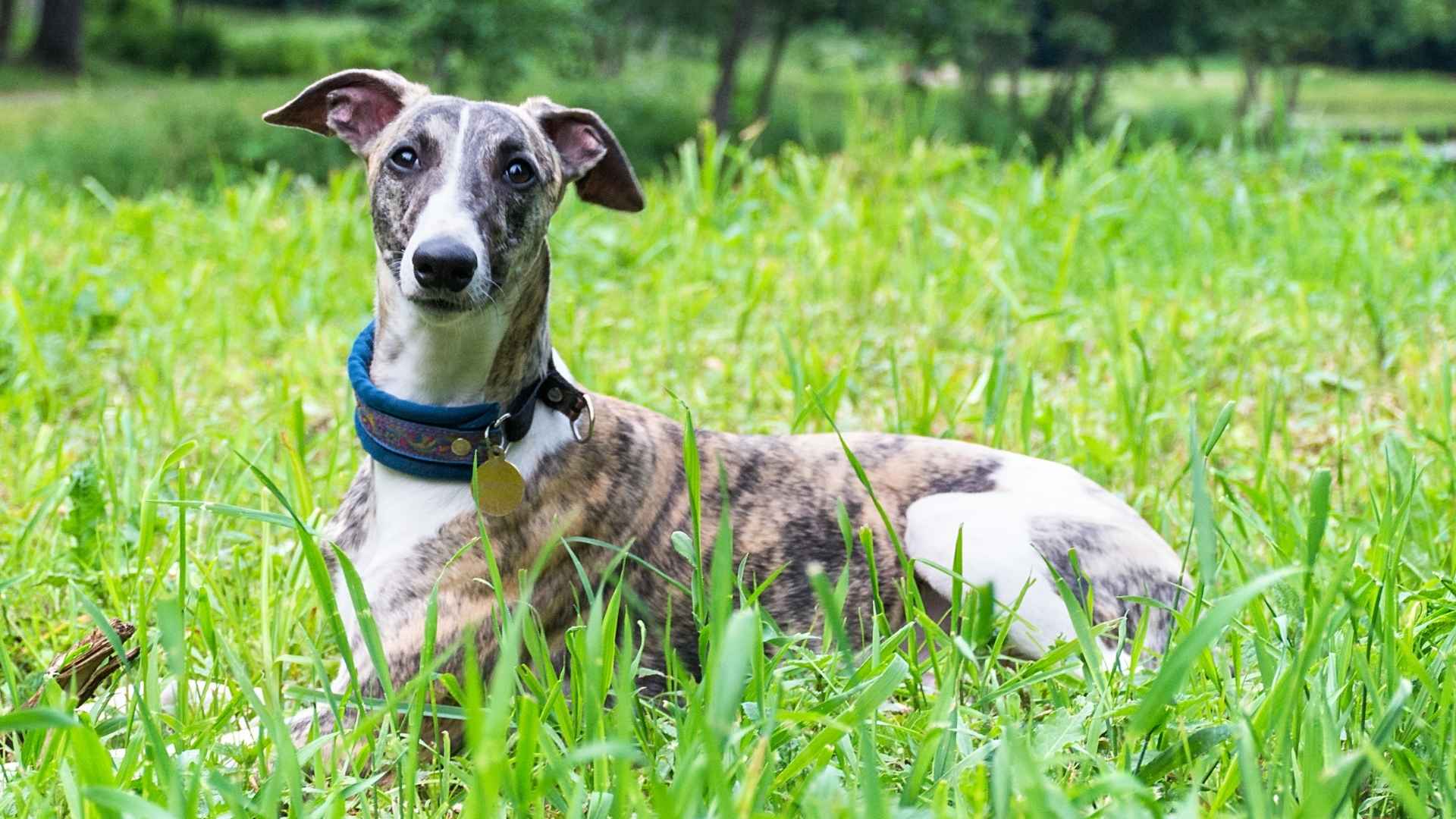Some dog breeds are naturally less prone to inherited eye diseases in their senior years because of multiple factors. For instance, breeds with a large gene pool and fewer selective breeding issues have healthier eyes.
Similarly, dogs with larger snouts have healthy eyes in their old age compared to flat-faced breeds that can catch eye ulcers and dry eye more easily.
Other factors that decide eye problems these puppies face include how genetically predisposed they are to something, their eye structure, gland health, and immunity.
Breeds with healthy eyes are alert dogs that live well and don’t need vet care as often. Let’s see which breeds have healthy eyes throughout their average lifespans.
Dog Breeds With Healthy Eyes Even Into Senior Age
1. Australian Cattle Dog
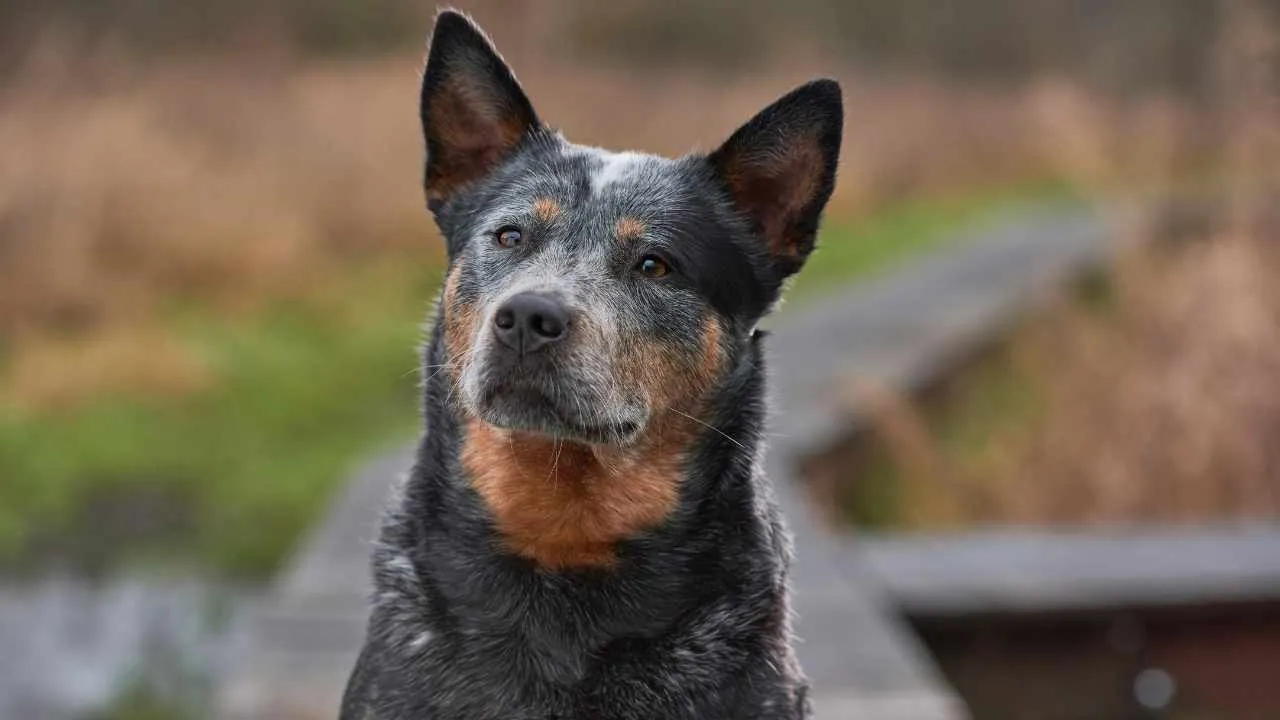
Australian Cattle Dogs are known for their sharp intelligence, unmatched stamina, and fierce loyalty to their humans. According to PetMD, the Australian Cattle Dog was bred in the 1800s by crossing hardy British herding dogs with Australia’s wild dingo.
It is believed that only dogs that could see cattle going far away (and could keep doing it for 10+ years) were kept in the gene pool. The result was a breed whose vision ages as gracefully as its work ethic.
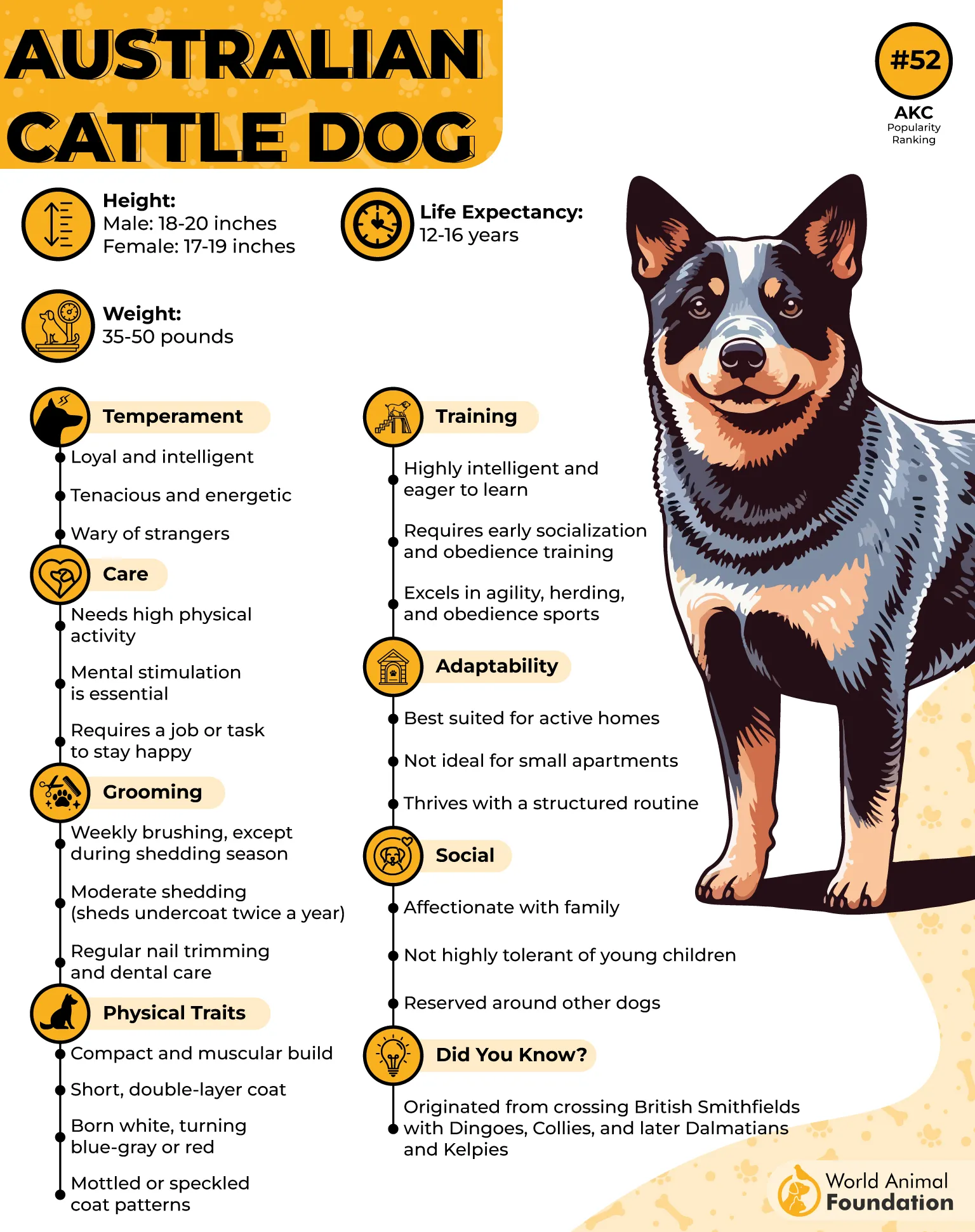
Modern longevity studies list the ACD as the planet’s healthiest dog breed with the longest lifespan. Their healthy genes show in the ocular health as well. Since diverse ranch-based breeding avoided extreme inbreeding (that otherwise plagues some show dogs), mutations that wreck eyes are comparatively rare in Australian Cattle Dogs.
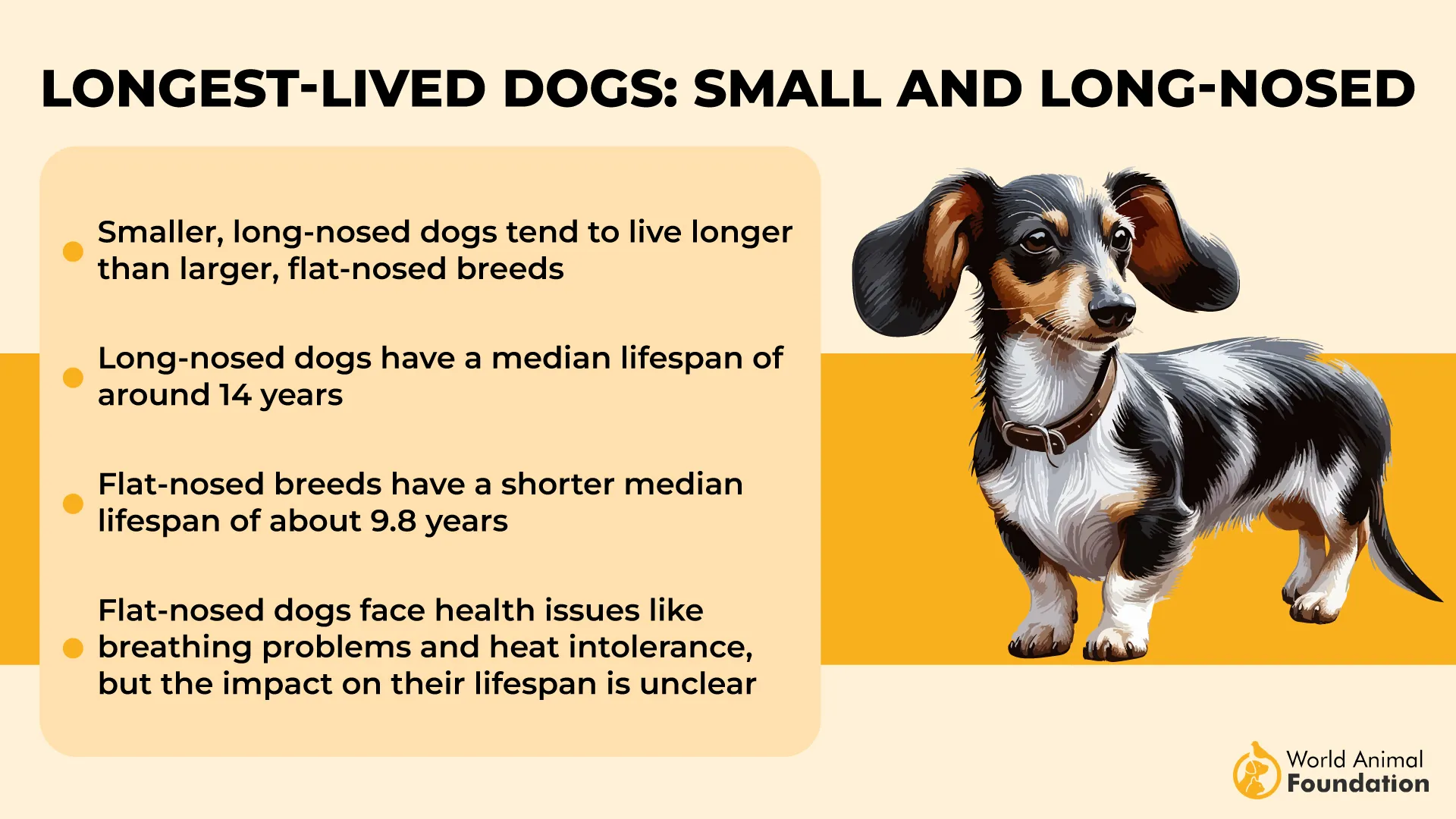
The face shape gives ACDs an advantage over other pets, too. This dog has a long & strong muzzle with deep-set eyes protected by a natural brow. That design keeps sunlight, wind, and dust out of these good pets’ eyes. Because these dogs’ tear ducts aren’t squeezed or blocked, their eyes remain moist and clean.
2. Miniature Schnauzer
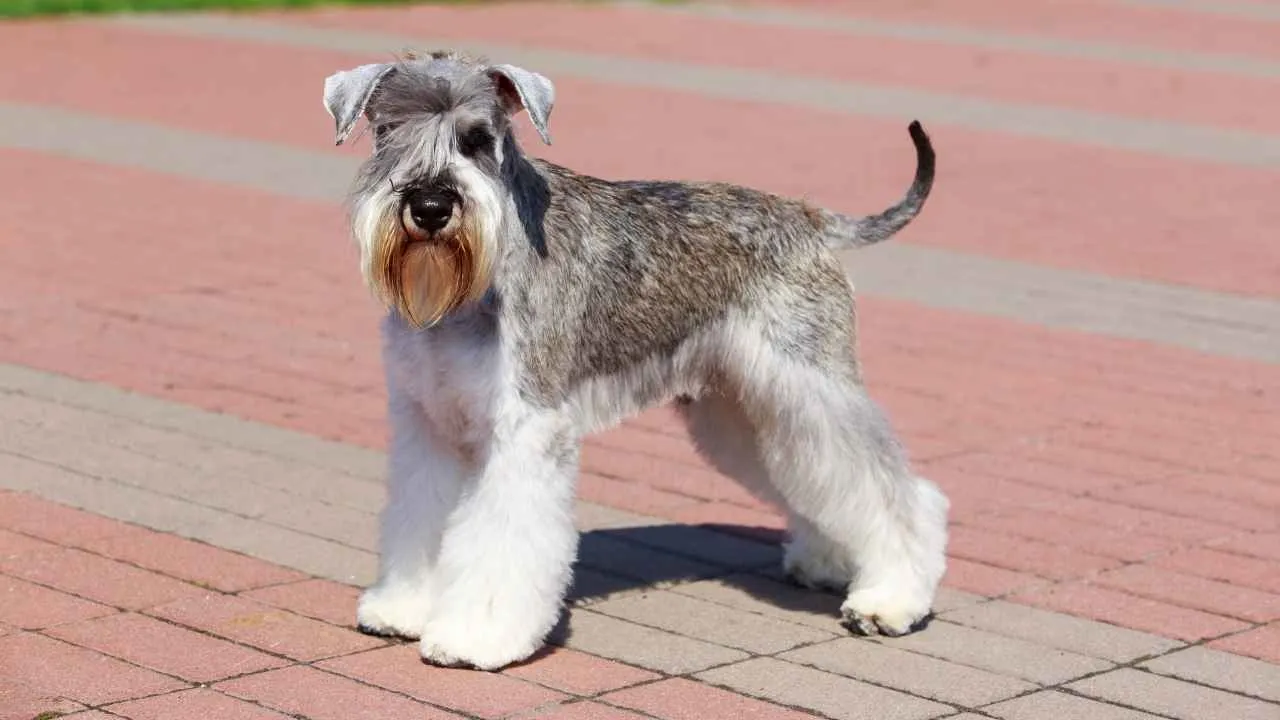
Always alert and affectionate, Miniature Schnauzers make devoted companions who bring energy, charm, and just the right amount of sass to any home. According to the AKC, Miniature Schnauzers were bred in late-1800s Germany as fearless barn ratters, intelligent, and sharp-eyed dogs earned a place in the breeding pen.
It’s among small breeds with a robust gene pool and fewer inherited vision defects than many other toy-sized breeds. This well-behaved small dog is blessed with eyes that keep working even after its beard goes gray. This pup has oval eyes under heavy eyebrows that block dust and sunlight, so it tends to avoid eye infections.
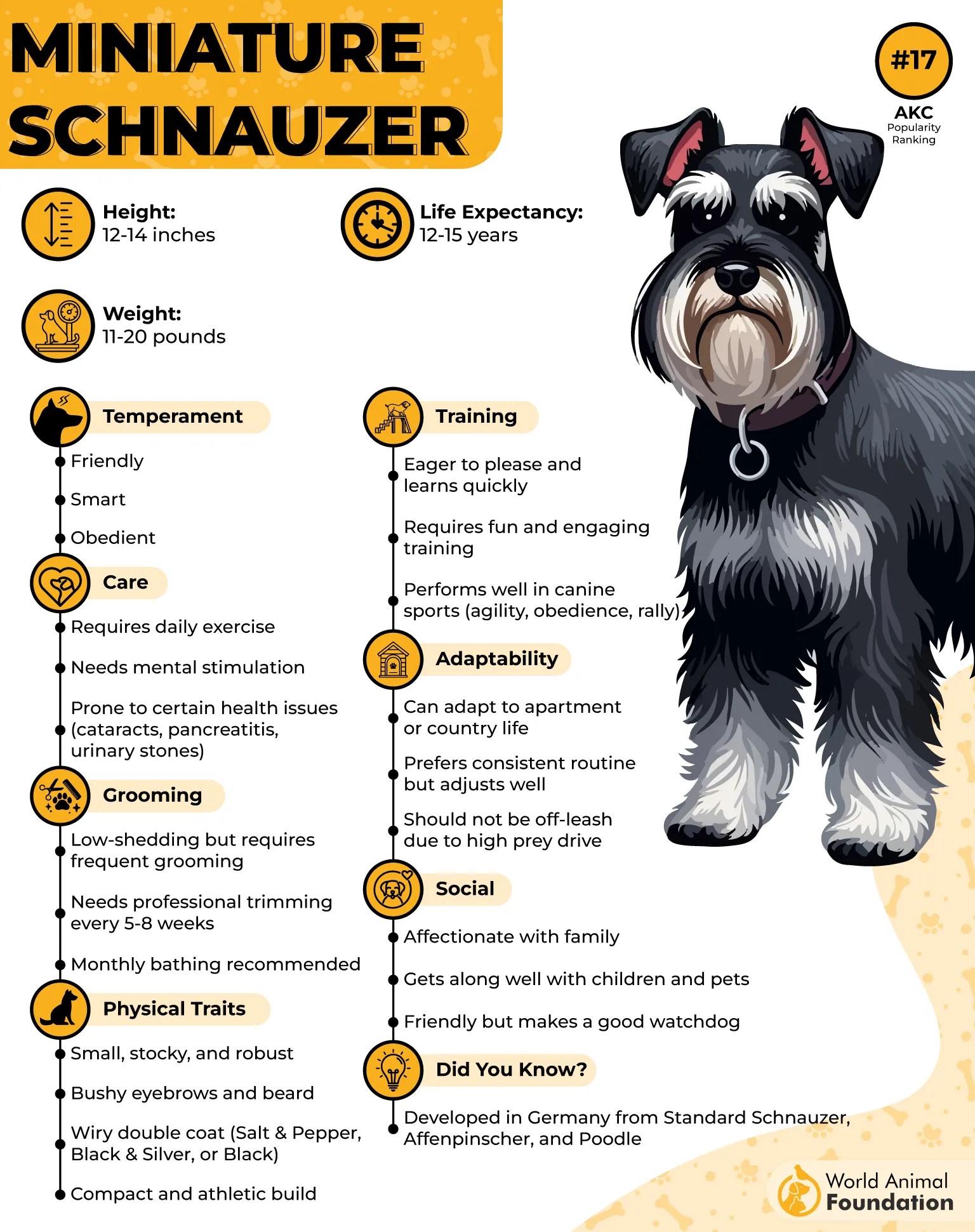
Also, their eyelids are tight, so they don’t roll in or out, meaning their corneas remain safe. These easy-to-train dogs have high energy levels and learn new tricks pretty easily, thanks to their sharp brains. Giving your Miniature Schnauzer a balanced diet and active lifestyle pays off well.
However, despite having healthier eyes, these dogs are susceptible to some conditions, and WebMD recommends getting them regularly checked.
3. Bichon Frise
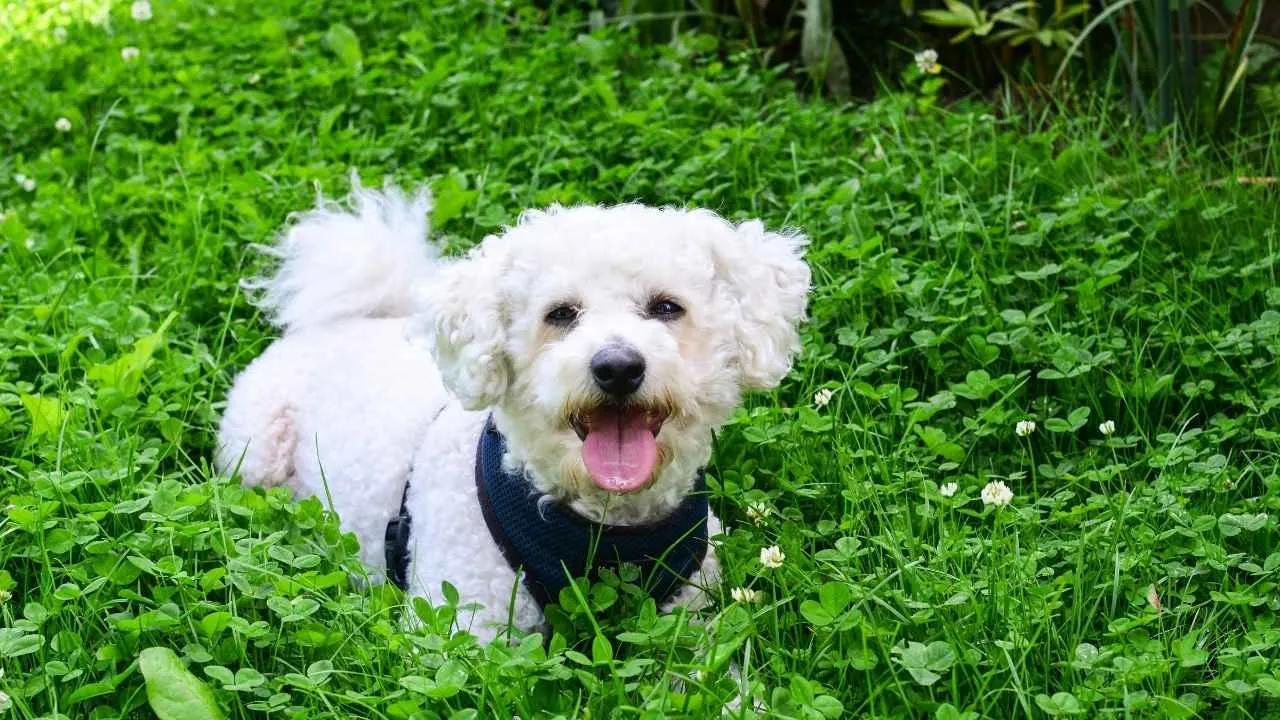
This dog looks like a soft fluffball, but it’s among tough soldiers. This breed has strong eyes because of its solid genetics. The Bichon Frise’s genetic pool has remained large over time, so these dogs didn’t end up with heavy inbreeding.
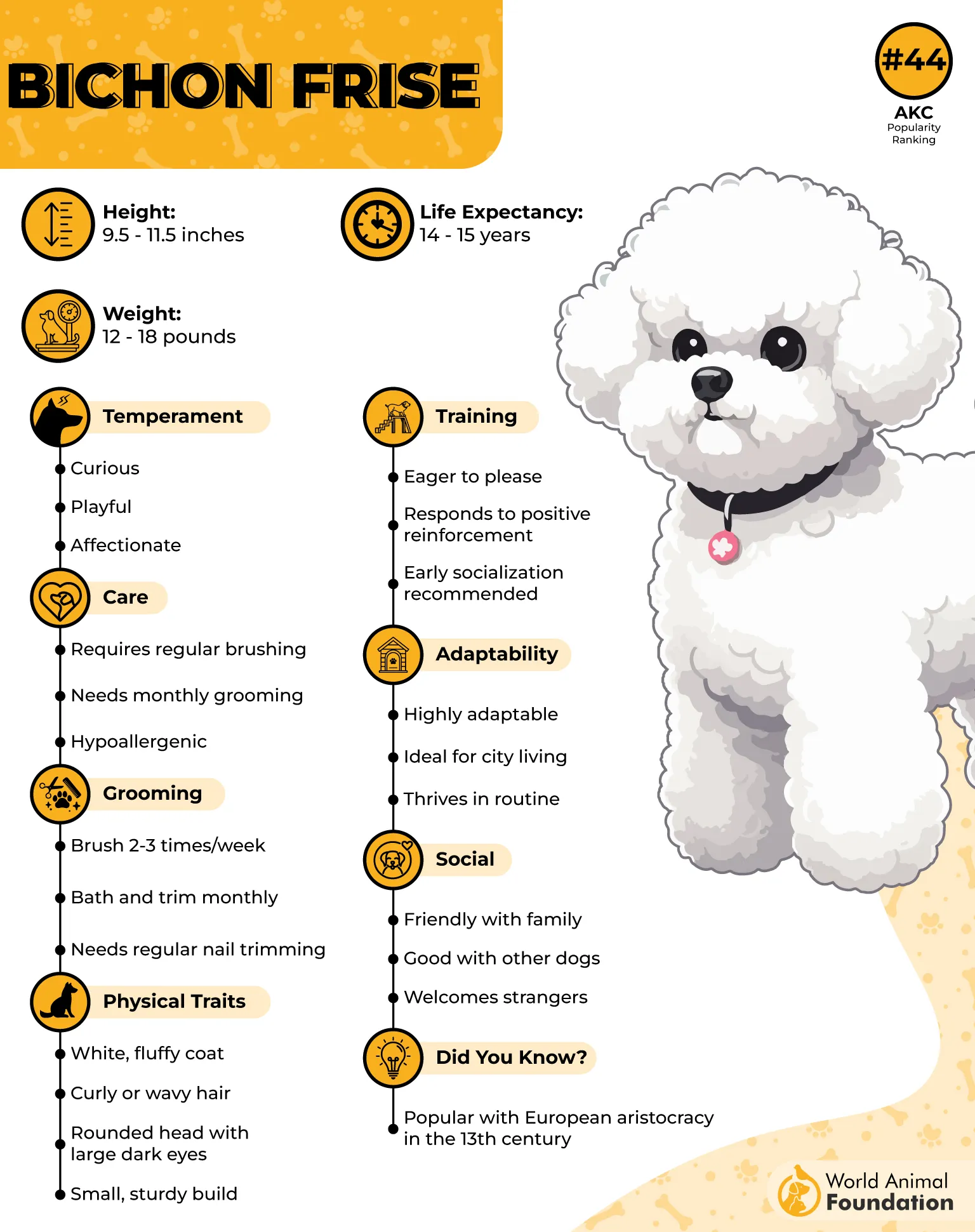
These dogs have forward-facing eyes that are deep enough to avoid sunlight but not so deep that debris can consider them as its home. Because of tight eyelids, these adorable dogs don’t face eyelash rubbing and don’t get irritation either.
The Bichon Frise is one of the small white dogs that need some regular exercise and mental stimulation to stay happy and healthy. It loves playing fetch and happily goes out for a little walk, where it can be playful and show its energetic side.
4. Basenji
Originating in Central Africa as a skilled hunter, the Basenji is alert, independent, and incredibly intelligent. They are number one on the list of quiet dogs that do their job in silence and let the result speak for itself; this intelligent dog’s quiet nature doesn’t get into any trouble. It was prized as a hunting dog in Central Africa because of its sharp vision and quiet nature.
These dogs are not overloaded with inherited problems, and when it comes to their eyes, that’s a big win. Responsible breeders also screen for a gene mutation, which helps prevent the most serious eye condition in the breed, i.e., retinal atrophy.
Basenjis have almond-shaped eyes set slightly at an angle to give them a wide field of vision. Also, these dogs’ eyes are naturally protected from pollutants that can cause allergies and itching.
These dogs have strong immune systems, and their bodies are good at handling allergens and bacteria that could otherwise affect the eyes, thanks to their tough background.
5. Old English Sheepdog
The Old English Sheepdog is a lovable, shaggy-coated breed known for its gentle heart and unmistakable “bear-like” appearance. Being herding dogs, they have the healthiest eyes. It’s because their line of work back in the day asked for long working hours out in the open, so these dogs developed immunity to common eye issues.
The Old English Sheepdog is a loyal dog bred in 18th-century England to herd cattle and sheep across long distances. That tough working background gave this breed strong genes and fewer inherited eye problems than many modern breeds.
These dogs’ eyes are set wide apart in deep sockets to protect the eyeball from injury when they are running through thick grass or bush. Also, these dogs’ hair that falls over their face isn’t for show. It works like a built-in sun visor and wind shield. If you keep your Sheepdog’s hair trimmed, it’ll see clearly and stay safe from common eye problems.
6. Whippet
Whippets started as the ‘poor man’s racehorses’ back in 19th-century England, when coal miners liked dog races and rabbit hunting but couldn’t afford to feed larger dogs. So they bred the Greyhound down to a medium-sized Whippet whose agility is impressive.
These dogs’ genetic pool was reasonably broad, which is why most eye health problems are uncommon in Whippets. Besides the genetics, their eyes do half the world.
Breed-standard eyes are large and oval for Whippets, yet they are set deep in a narrow skull to dodge debris and grit. The surrounding bone forms a natural bumper, and the tight lids hug a Whippet’s eyes well so lashes don’t scrape the cornea.
7. Greyhound
Greyhounds have been sprinting alongside humans for thousands of years because of their strong prey drive and their love for the outdoors. Their gene pool stayed safe from inbreeding, and inherited eye troubles are not that prevalent in the breed.
Their long working history kept their genetics strong, and today, most Greyhounds have healthy eyes that hold up well into their senior years. Also, because good breeders test these dogs for progressive retinal atrophy, puppies are usually in the safe zone.
These hounds also benefit from their being athletic. When they run, their circulation ramps up and sends oxygen to the eyes, which helps them stay healthy.
Conclusion
Seeing your dog getting frail and bumping into things is hard. But aging is inevitable, and these canines get grey. However, some lucky fellows enjoy a better quality of life because they either hit a gene jackpot or have simply evolved over the centuries.
Whatever the reason may be, all these dog breeds are less likely to have eye problems even into senior age. So if you adopt one of these, you’ll feel less heartache when your beloved pet gets old.


